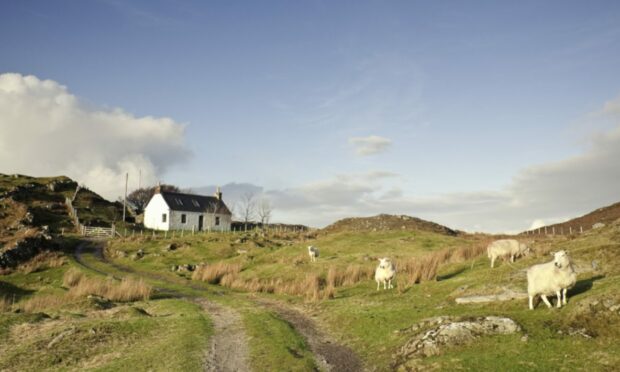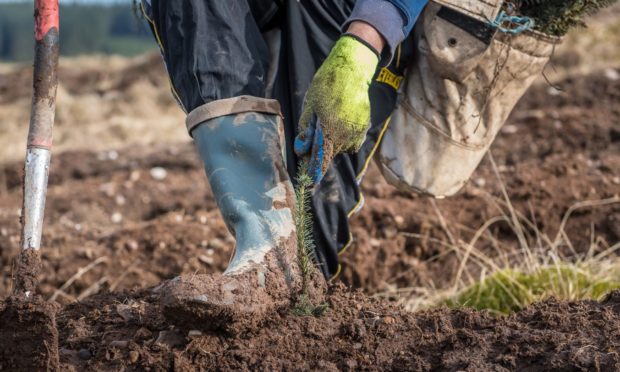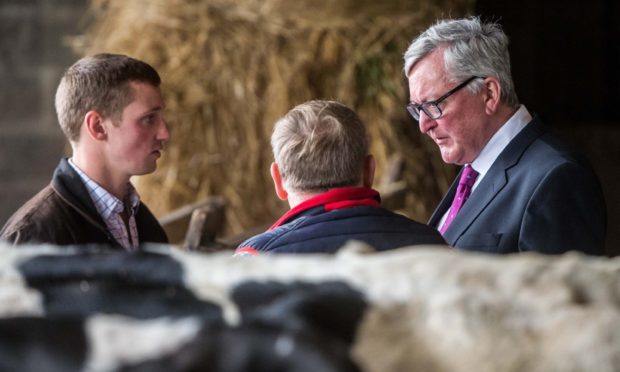Widespread industry fears over the long-term impact of soaring farmland prices fuelled by non-farming investors have been corroborated by a report produced by Scotland’s rural college (SRUC).
The lucrative opportunities involved in rewilding land or planting entire hill farms in conifers have seen many farmers priced out of the market and opportunities for young entrants to the industry shrivel to zero.
To put the issue in context, farmland values across the UK rose by 6.2% in 2021, with Scotland experiencing the strongest growth in values of just over 31% overall and a staggering 60.8% for poor livestock land.
More than 40% of the farmland sold was bought by natural capital investors, carbon offsetting speculators or amenity buyers, while £112 million was invested in Scottish estates in 2020 – an increase of 55% on the 10-year annual investment.
The increased demand from institutional investors and financial institutions also led to average sale prices for commercial forestry land exceeding valuations by around 50%.
The SRUC report, co-authored by Professor Mark Reed, made the point that land value increases clearly benefit existing owners, but they risk excluding new entrants to farming, re-concentrating landownership and limiting access to land by rural communities.
The report also confirmed another issue regularly raised by farming leaders, that without buyer checks, it is possible for highly-polluting industries to reach net-zero via offsetting rather than reducing their emissions at source, undermining the integrity of both markets and global political agreements.
To reduce the risks, the report suggests developing guidance on the rights and responsibilities for investors entering the UK market, supporting alternative landowner models such as community ownership and addressing barriers to tenants engaging in ecosystem markets.
Professor Reed said: “Interest in natural capital and ecosystem m arkets is driving rapid and significant change in the land use sector across the UK, but these changes are layered on top of – and often symptomatic of – long-term and systemic issues in land markets, such as concentration of landownership, and other market drivers, such as timber prices.
“It is important that effective and well-aligned mechanisms are designed to tackle existing structural barriers, avoid policy conflicts and ensure land use transitions are viable.”
The dwindling opportunities for new entrants to farming was highlighted at a Scotsheep seminar, where Ian Davidson of the Scottish Land Matching Service said that around 450 people are on his database but inquiries for joint venture agreements exceed the availability by a ratio of seven to one.
He said the high value of land was making his job more difficult, but it wasn’t the only factor blocking access to agriculture.
“I was contacted by an 86-year-old and two people in their 80s who should have been thinking about succession 10 years ago,” he said.
“We’re looking for people who want to retain their land but can’t carry on farming themselves.”
The service has established 18 agreements since it was set up in 2019. They range from market gardens to a large farm in Perthshire, and the majority of them have a duration of just five years.


